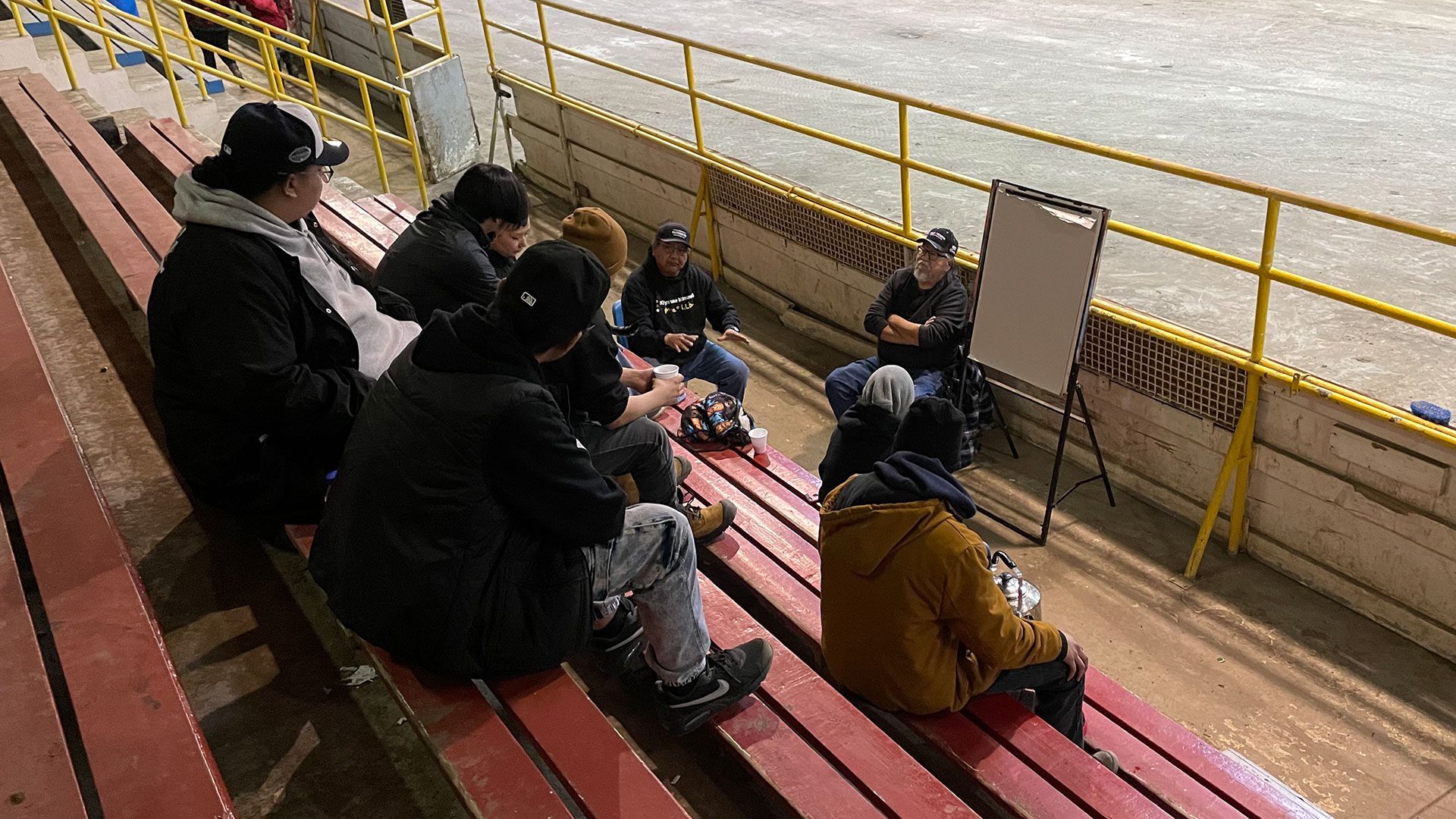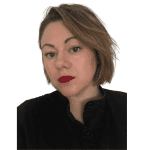
A group of seven First Nations youth from Louis Bull First Nation, all in their mid-twenties, trickle into the Panee Agriplex on Ermineskin First Nation, 80 km south of Edmonton.
There are six men and one woman. They are a part of a life skills program participating in work placements and cultural activities.
“We go to different work placements and then cultural activities like this one,” says one of the participants, Tyra-Jean Moonias.
Today they are here for healing.
Panee has seen its share of excitement.
It has held powwows, horse auctions and rodeo relays. In 1988, Wilton Littlechild celebrated his election for the federal Progressive Conservative party in Panee.
Today, it’s hosting the small group for a session on trauma and healing.
Patrick Buffalo, from just down the road at Samson Cree First Nation is teaching the class. He works with his son Mason Buffalo on facilitated horse therapy.
“A lot of times these horses do their magic communicating with us and connecting with us. They feel the fear, hurt and sadness that people are carrying.
“The idea is to let that go. Not with the horse itself, but with the horse spirit,” says Buffalo.
Comanche, a 22-year-old American Paint horse, is standing by for the afternoon session.

Father and son have travelled across Western Canada for the past eight years with their workshops.
Buffalo, who has taken courses in equine assisted learning to become a personal development coach, has had a varied career. He began as an electrician working in Samson. He has also taken training in Reiki, an energy healing practice, and hypnotherapy.
“What is healing? It is about feeling good,” says Buffalo.
He tells the class he likes to keep his terminology simple and easy to understand.
Buffalo says the lessons he learned as a journeyman electrician in from 1977 influence how he thinks about the effects of trauma today.
He likens trauma to an overburdened circuit breaker.
“When you overload the breaker, boom, the switch kicks out and it does not reset automatically.
“In our bodies we have switches and if you know nothing about these switches you won’t be able to reset them,” he says to the group.
Healing means letting go
For Buffalo the trauma work is personal.
His brother died while robbing a gas station in 1973.
“When he died, he took a part of me with him,” says Buffalo.
He uses his own life experience when talking to the group about the way negative experiences can make you feel stuck.
In the first part of the session, Buffalo goes through the effects of trauma on individuals and a community.
“Healing means letting go. Letting go of the heaviness because everybody I work with has a heaviness to them,” said Buffalo.
Now he has been working with groups on stress management, grief management, trauma, healing and many other topics for over 30 years.
“I can work with anything. Everything is a label and it all channels back to one problem: thought,” says Buffalo.
“It’s those thoughts we have that create programming and everyone is governed by their own programming.”
Buffalo, who used to be in the rodeo, was used to working with horses, but it wasn’t until he had personal experiences with what he calls “the horse spirit” that he began to realise the way that he could incorporate them into his healing workshops.
Buffalo’s method isn’t like group therapy where people speak about the issues that affected them.
“It doesn’t work for anyone to just go in to the past and roll around in your pain. You will still have the same programming,” says Buffalo.
He recalls a time when he was on the band council and there were Indian Residential Schools Settlement Agreement sessions held in Edmonton.
“They pushed these old people into their pain, opened up old wounds and just left them. They sent them to psychologists and psychiatrists which of course was not cultural healing,” says Buffalo.

As he walks the class through what happens to the body when there is a traumatic situation in their life. He says you can “get stuck” when facing difficult life situations and healing is about learning to let go.
“You don’t have to remember what happened. It is the feeling and when it started,” he tells the participants.
In the afternoon, Buffalo leads in Comanche to the main arena. The horse stands by the wall as the students form a wide U-shape around him and Buffalo.
One by one, the students take turns placing their hands on the horse as Buffalo guides them through a brief exercise.
“In your mind you have the horse spirit to help you feel better. Let go of the stuff that has been weighing you down,” he says, in part, to each participant as they lay both hands on the horse.
Afterwards Moonias says she feels lighter.
The students will return for the second half of the workshop which leads them through a “soul-retrieval” where they continue work with the horse spirit.










